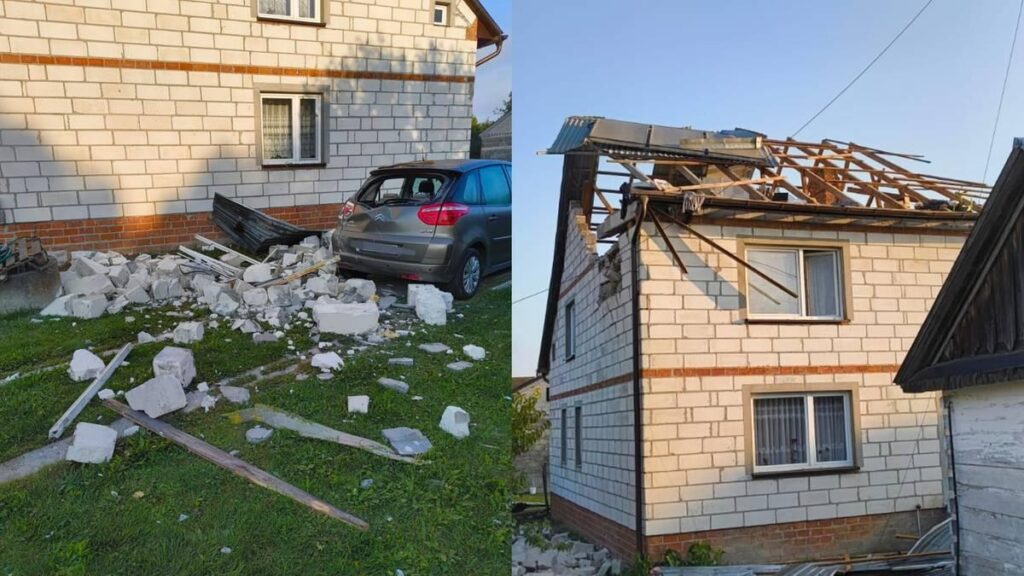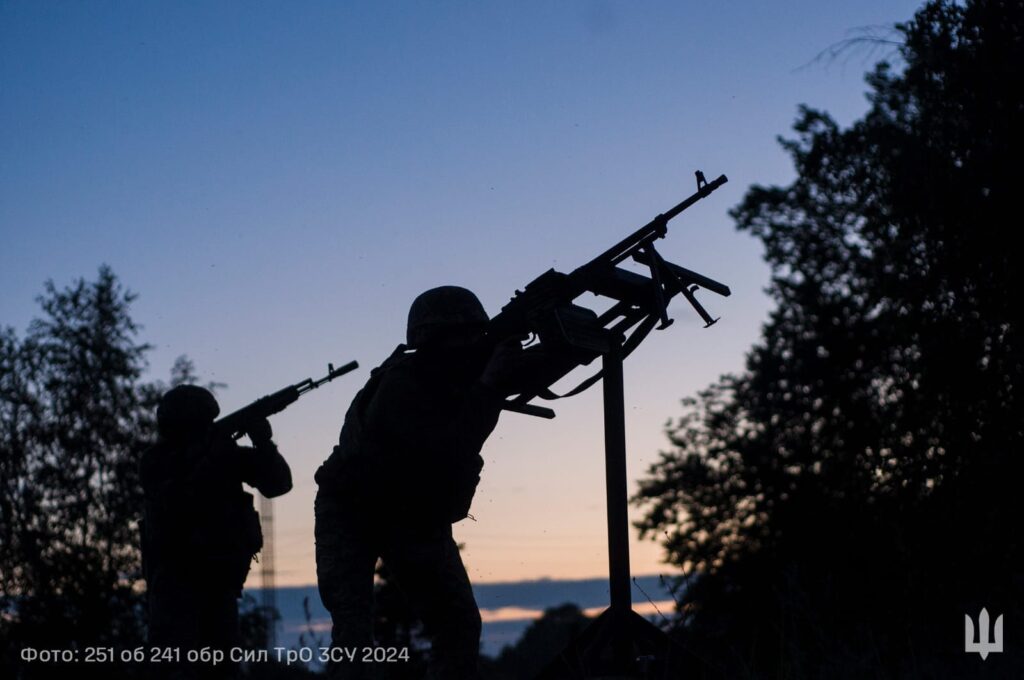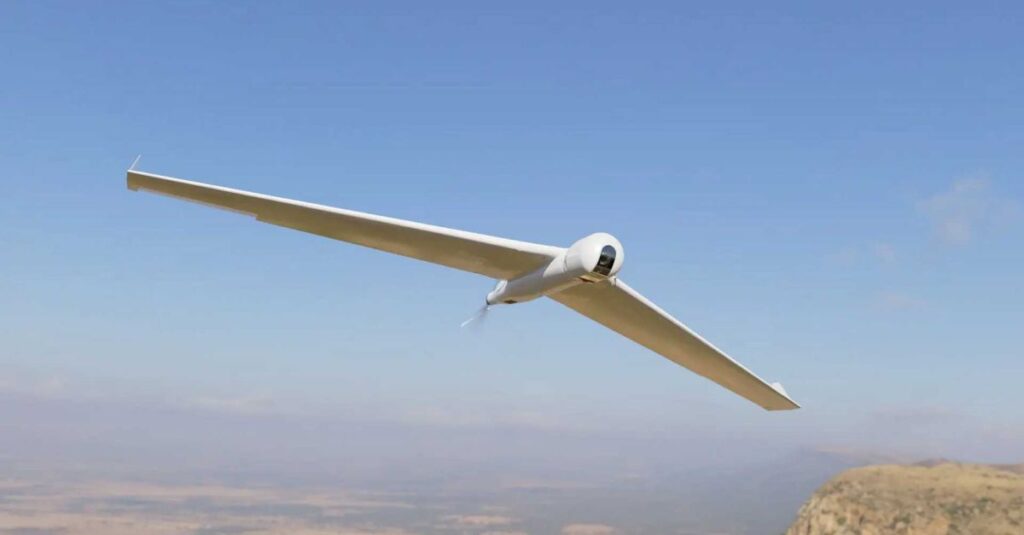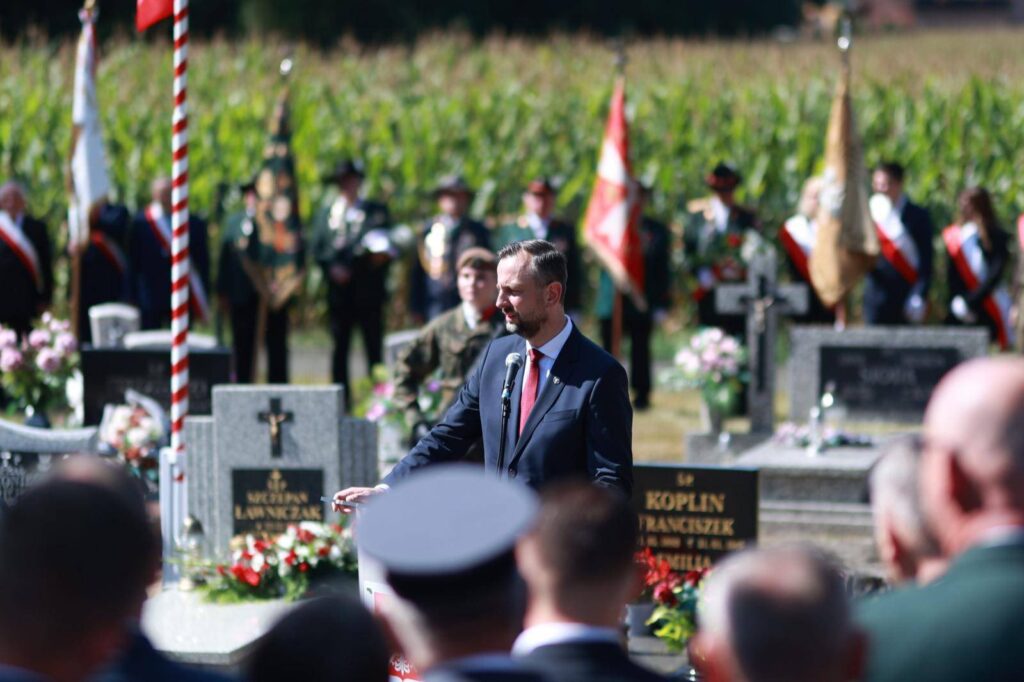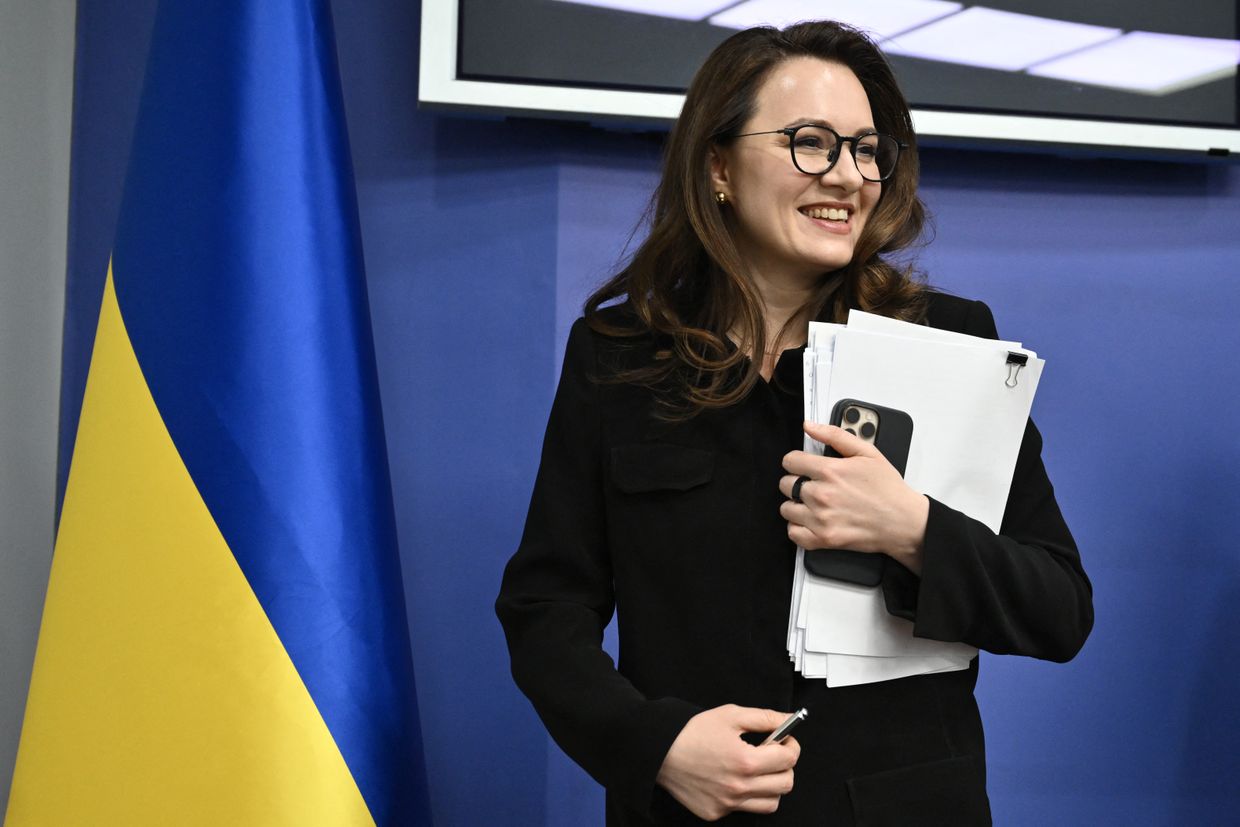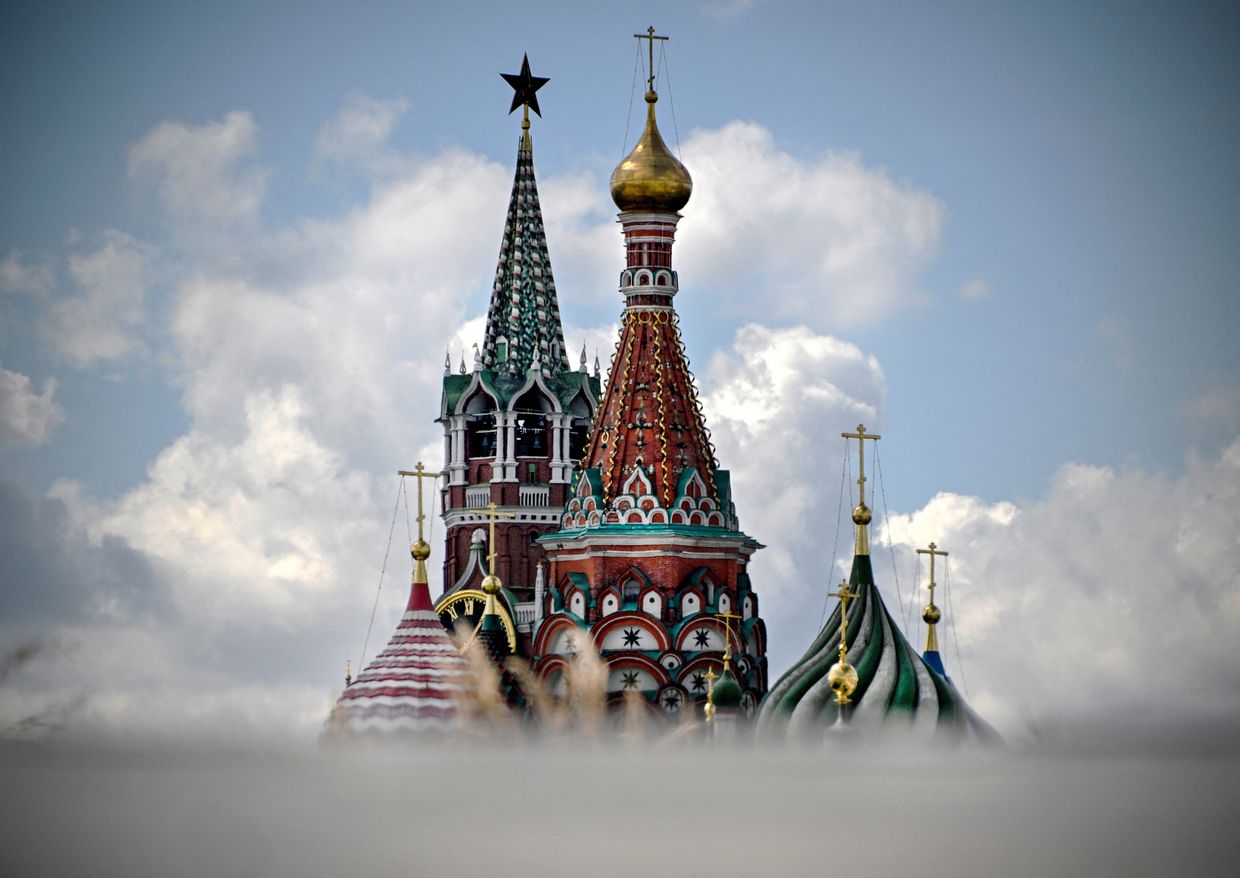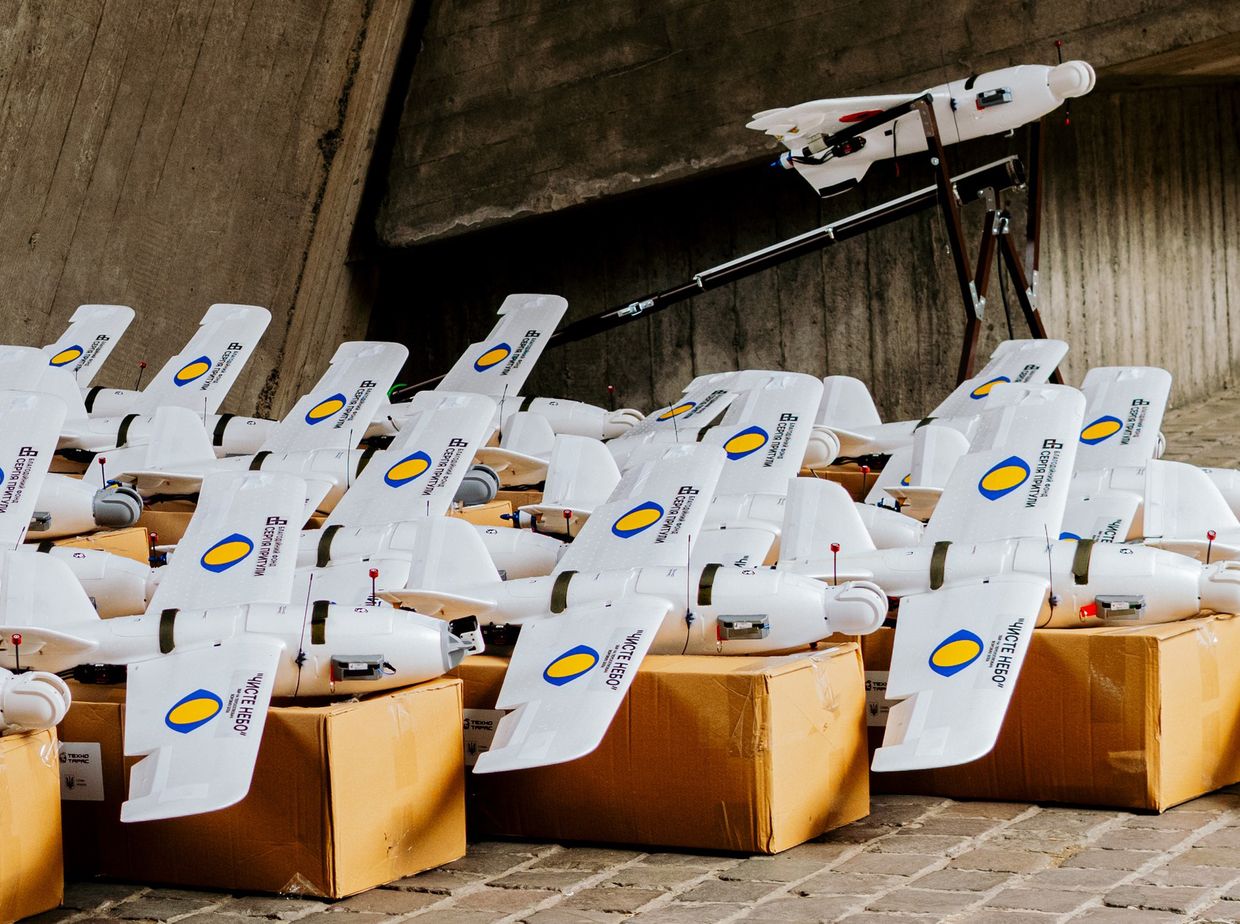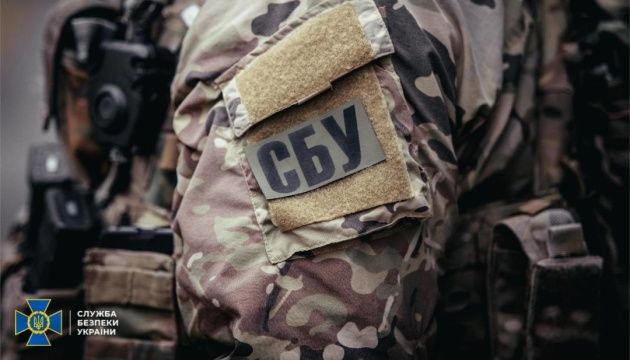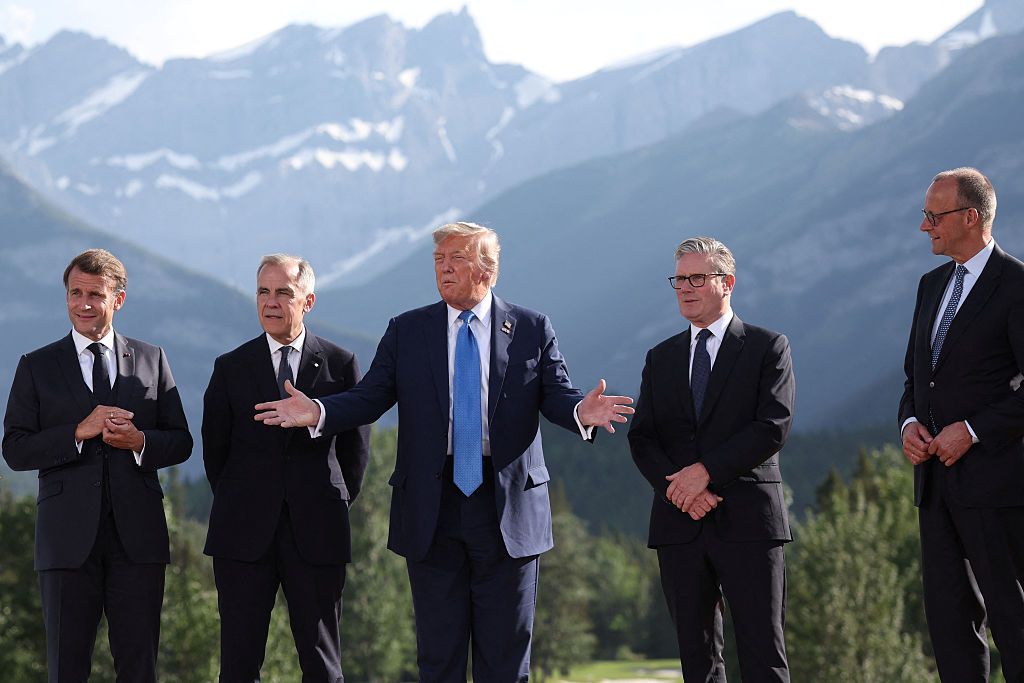Ukraine offers allies to learn how to fight modern skies as hundreds of Russian drones destroyed nightly
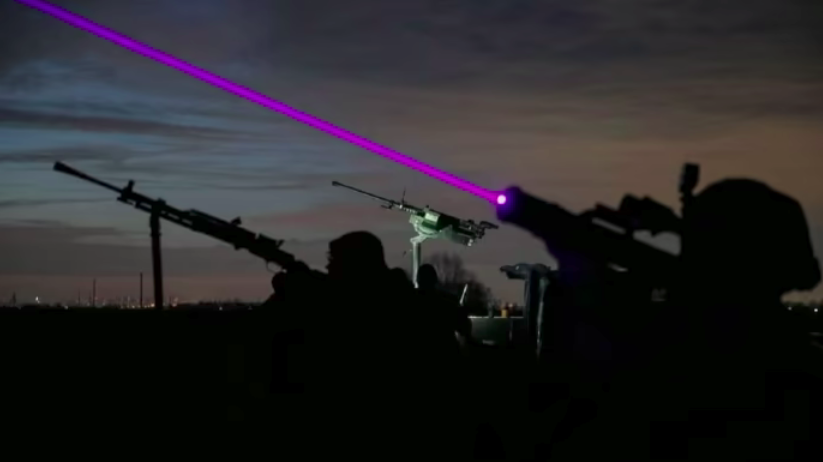
Ukrainian troops pay with blood for every Russian strike they repel — this is the cost of true defense. Colonel Yury Ihnat, head of the Communications Department of the Ukrainian Air Force, emphasizes that partners, especially Poland, have a unique opportunity to learn from Ukraine’s experience by observing the work of its air defense and avoiding their own mistakes.
After Russia first launched a massive drone attack against a NATO country, it became clear that defenses were not ready to repel such strikes. Nineteen drones entered, the most advanced aircraft were scrambled, yet only four were shot down. Ukraine, without F-35s or modern aviation, shoots down 400–500 drones per night over a single city. That’s why Ukraine offered Poland its operational experience in neutralizing this threat.
Mobile fire groups: innovation on the front line
“You cannot account for everything when the enemy attacks with new systems. You have to try, experiment, and use innovative tools. Today, mobile fire groups are equipped with every possible gadget — from thermal imagers to optical and laser sights,” Ihnat explained.
Mobile fire groups are specialized air defense units armed with heavy machine guns, anti-aircraft cannons, and MANPADS, mounted on mobile chassis, usually pickups. This setup allows the units to move quickly and shoot down Shaheds, ArmyInform reports.
Ukrainian forces distribute aircraft, helicopters, small air defense units, interceptor drones, and electronic warfare systems across the country. The Air Force commander and regional commanders ensure even and efficient resource allocation, creating a unified air defense network.
Coordination with NATO and Poland
Ukraine’s experience allows allies to witness real air defense operations on the front lines. Ukrainian forces regularly report on bomber takeoffs and ballistic launches from Russia’s Kursk and Bryansk regions.
“A few days ago, a drone flew over northern regions. An alert was issued in Poland, and several voivodeships received warnings about a potential UAV attack,” Ihnat said.
Partners receive complete information about drone movements and modern interception methods, helping them better organize their own defenses and train air security systems.
Training through blood and experience
Repelling air attacks is an extremely complex task that costs lives. Ukrainian troops learn from their own mistakes and share this knowledge with allies. This allows Europe to prepare for modern threats while avoiding the errors that have cost Ukraine dozens of lives and hundreds of injuries.

